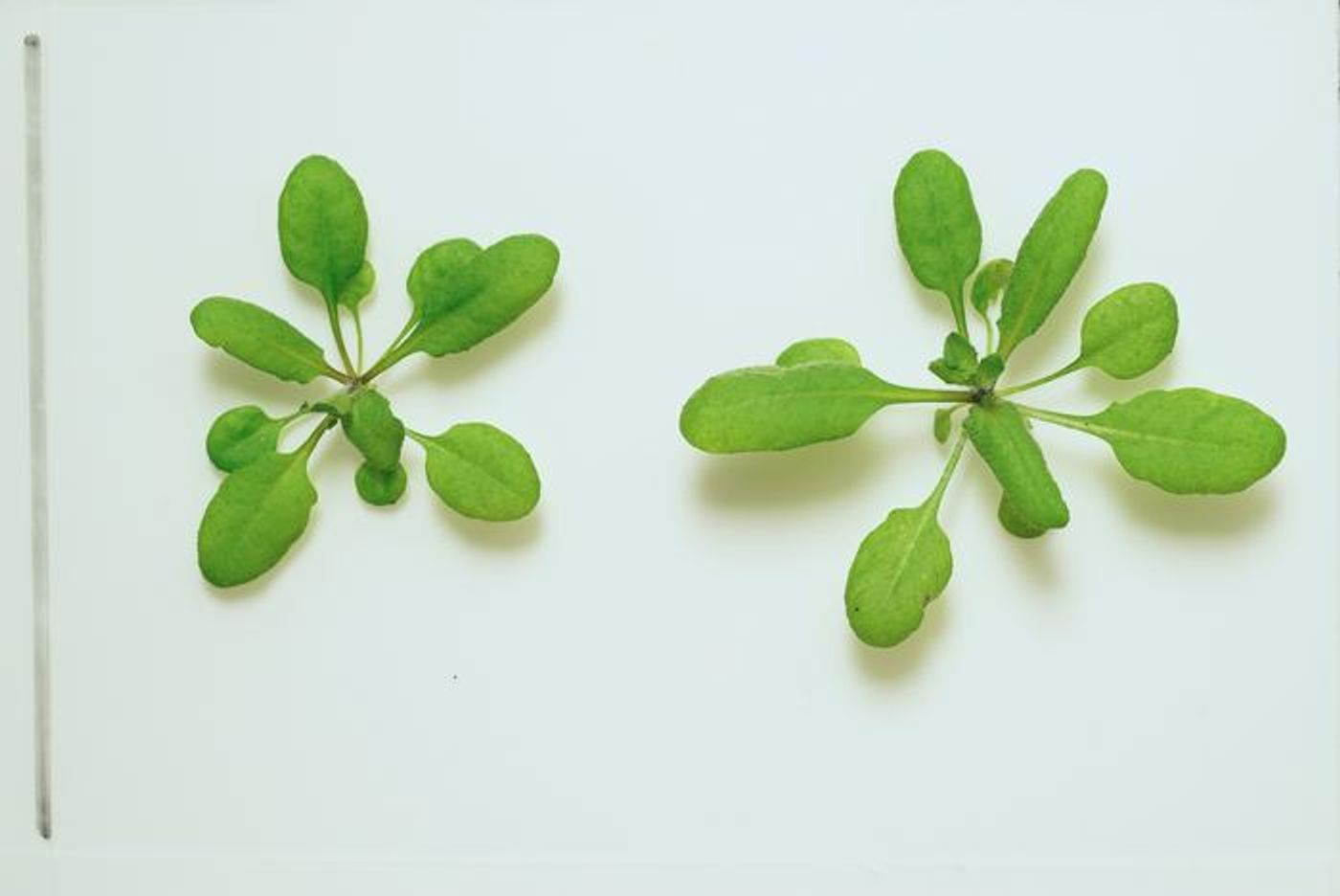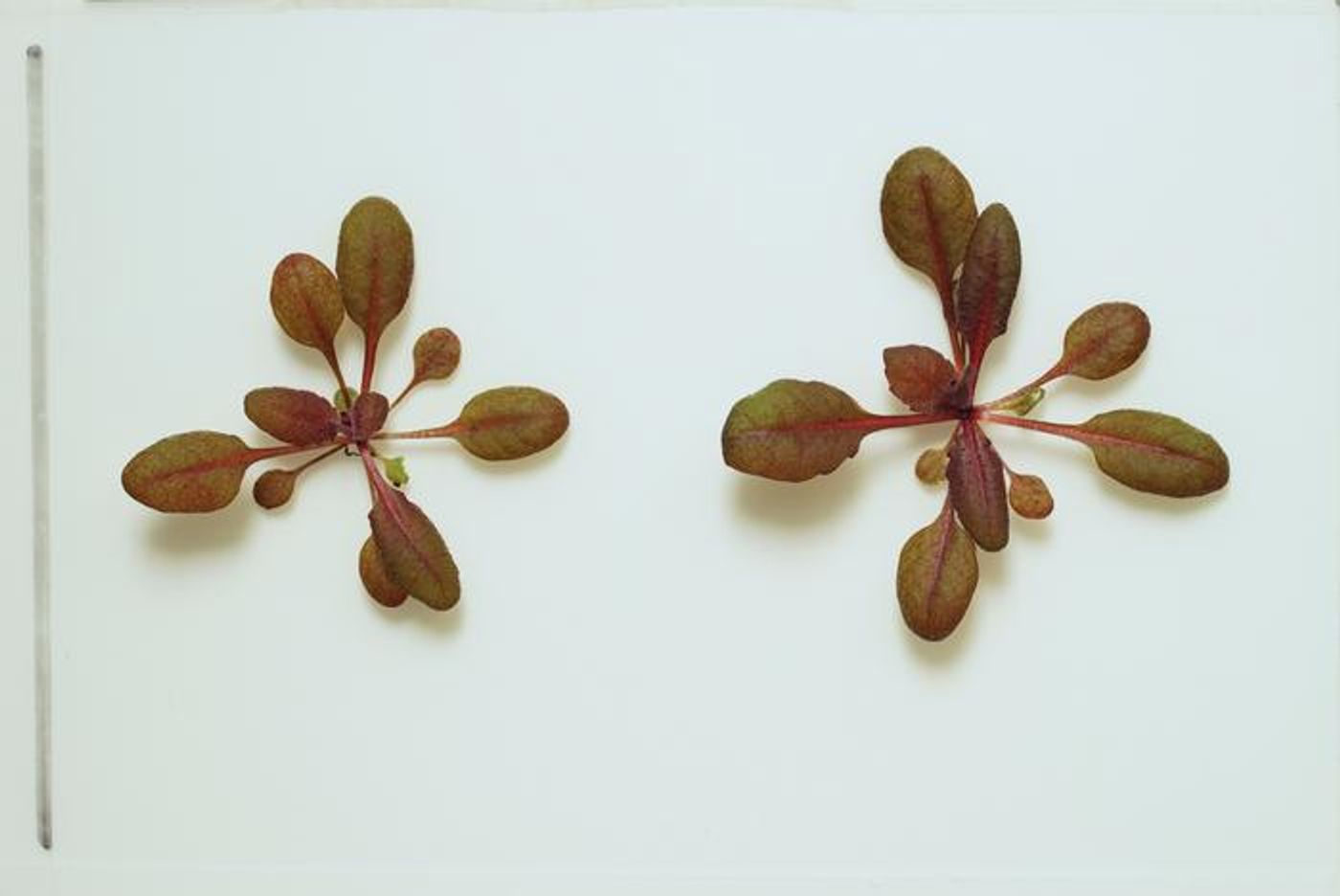Turning Plants Red: A Breakthrough in Environmental Sensing
A recent study published in Nature Chemical Biology examines how plants can be engineered to alert for the presence of a prohibited and harmful pesticide in the water the plant is placed in, and the alert is accomplished by the plant turning beet red. This study was led by researchers at the University of California, Riverside (UCR) and holds the potential to help farmers identify the safety of their water.
For the study, the researchers focused on a protein called abscisic acid (ABA), which is produced when an environmental stressor, such as drought, is introduced and the ABA is responsible for assisting in a plant’s ability to adjust this stressor. When this happens, the plant’s receptors identify and react to the ABA, and the plant closes its pores to keep the water inside, preventing it from wilting and dying. While the goal of the study was to develop a physical identifier the plant can use to signal it’s in distress from bad water, the obstacle the team had to overcome was how to allow the plant to maintain its normal functions.
This study builds on previous research conducted by this team to train the plant’s ABA receptor proteins to attach to chemicals aside from ABA. For this most recent study, the team demonstrated that the plant could turn beet red when in contact with this chemical, in this case, azinphos-ethyl, which is a banned pesticide since it’s harmful to humans.
Image of normal plants in the laboratory before modifications. (Credit: Sean Cutler/UCR)
Image of green plants that turned beet red when interacting with target chemical. (Credit: Sean Cutler/UCR)
“The biggest piece here is we’ve created an environmental sensor without modifying the plant’s native metabolism,” said Dr. Ian Wheeldon, who is an associate professor of chemical and environmental engineering at UCR and a co-author on the study. “Previously, the biosensor component would have messed up the plant’s ability to grow toward light or stop using water when stressed. This won’t.”
While this study demonstrates the potential for plants to be able to identify harmful chemicals in water, commercializing this technology and making it available to farmers is still years away. This is due to it being a new technology that still requires far more research, but also requires passing regulations that could take years to get approved.
What new discoveries will researchers make about plants identifying harmful chemicals in the water in the coming years and decades? Only time will tell, and this is why we science!
As always, keep doing science & keep looking up!
Sources: Nature Chemical Biology, EurekAlert!, Wikipedia, Wikipedia (1), UCR News










